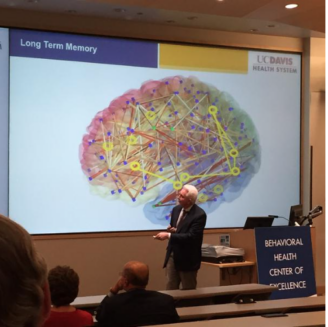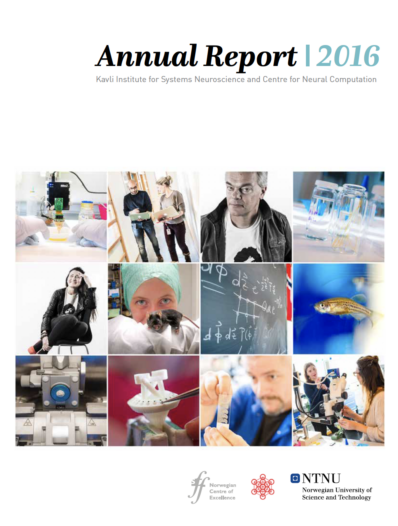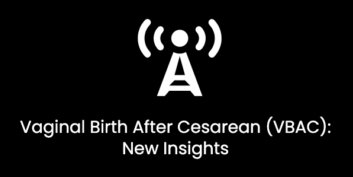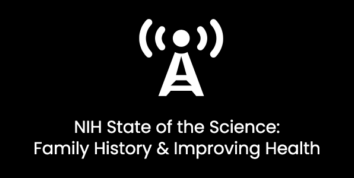My writing refuses to fit a single genre and I regard the categories below as anything but strictly defined. Whether at the bench or on the page, the spirit behind my work has always been one of experimentation and curiosity.
Science Writing
Kavli Institute for Systems Neuroscience Annual Reports
National Institute of Health (NIH) Radio Clips
Science Blogging Samples

Navigating Through Space with May-Britt Moser
“Wow, nice to see you all,” she said peering out from the bright lights of her stage, smiling at the crowd of over 29, 000 conference attendees. These were the first words Dr. May-Britt Moser spoke when she took the stage for SFN’s 2015 Presidential lecture last Tuesday. It was really nice to see her too, of course, and though we were weary from 5 days of conferencing, the room was full of anticipation.
Retrospectively, a few key phrases immediately come to mind when thinking about the wealth of data she shared: Flintstone. Rats. Rats riding cars. Grids. Speed. Pedunculopontine tegmental nucleus of the mesencephalic locomotor region. Right. Let’s not get ahead of ourselves. I’d like to actually go through the (old and new) data she presented, but first — [read full blog post here]

The Behavioral Health Center of Excellence at UC Davis Puts its Neuroscience Tools to Good Use
These days it seems that neuroscience and its fancy new tools are in the news — a lot. Coming off the heels of Obama’s BRAIN Initiative announcement in April 2013, this attention is entirely unsurprising and timely. From the extensively covered optogenetics, to the controversial and non-invasive method of transcranial direct stimulation (tDCS), to the science-fiction like promise of CLARITY (a 3D visualization technique of intact rodent brains), it seems that neuroscientists are unstoppable. With these technologies in hand, the relevant question has become: how do we most effectively implement these tools to answer the most pressing research questions of our society today?

Can You…Plagiarize Yourself?
His name is Jonah Lehrer. He is thirty years old – and he’s somewhat of a celebrity in the world of science writing. As former undergraduate researcher in Eric Kandel’s lab at Columbia University, he began first researching and reading – then writing about science. His blog The Frontal Cortex quickly gained popularity and it was only a matter of time before it grew to be a regular section at the popular science magazine Wired. You may have also heard him on the radio, as he is a regular contributor to the well-known science show: WNYC – RadioLab. In addition to blogging, he has three published books to his name (his most recent one entitled “Imagine: How Creativity Works”) and to top off his list of achievements, he was recently hired as a staff writer for The New Yorker (yes, THE New Yorker). At the rate he’s going, it seems there is nothing that can stand in the way of this young, ambitious science writer. [read full blog post here]
Maze Engineers Blog Posts
Mouse Basics: Ob/Ob Mice
In the 1950s, Ingalls and colleagues discovered “some very plump young mice” in one of their mouse colonies. Obesity in mice is typically very rare, so the physical characteristics of these particular mice set them apart from the rest of the colony. For example, at a mere 4-weeks of age their bodies were described by the researchers as “rather square” and with “expansive hind quarters”. As they grew to adulthood, the mice reached body masses as much as three times as their normal littermates. Although the mutation was spontaneous, today, these mutant ob/ob mice are specifically engineered as a model for obesity and Type-II diabetes. [read full blog post here]
Association of Women in Science (AWIS) Washington Wire Clips
Cautionary Tales in 21st Century Medicine
Technological improvements and an increasingly sophisticated understanding of the basic sciences are allowing us, as a society, to develop creative solutions to the pressing health care problems of today. However, these advances do not preclude us from occasionally blundering. Here’s a look at what Forbes magazine named the “Top 10 Medical Flops of the Decade.”
MIT Scientists Maximize Solar Energy
Solar power is generally regarded as an environmentally friendly energy source, albeit an expensive one. In order to minimize costs, many have focused on the production costs of photovoltaic cells – the cells that make up a solar panel. However, until recently, no one considered simply rearranging the solar panels themselves. Scientists at MIT have reconfigured the panels in cubes or extending towers in order to maximize the amount of solar energy that can be harvested. Some of the constructed structures have more than doubled the amount of solar power!
Contributing Writer of Science & Health Section of Washington Wire
(Issue II Publications from March 2010 – 2012) Archives Here.
Creative Writing
It’s mid-March in Boston
Published with: Four Three Three Magazine
A young girl sits in an improvised bomb shelter in Mariupol on March 7. (Evgeniy Maloletka/AP)
The Act of Breathing: A NICU Glossary
Published with: Mutha Magazine
Photo by Anahita Vieira (copyright)











